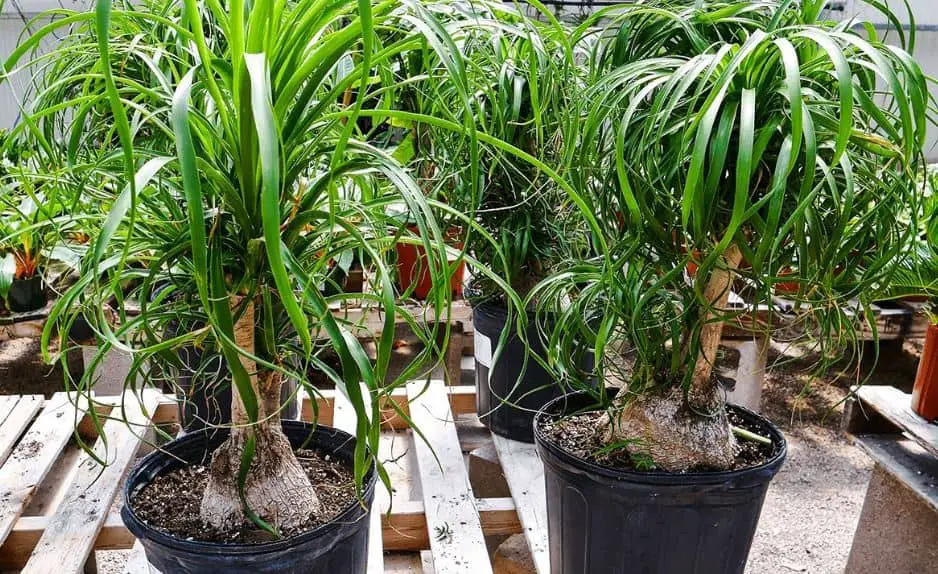Ponytail palm trees have recently gained popularity as indoor plants, and it is simple to see why. Ponytail palms are aesthetically attractive with sleek, bulb-like trunks and lush, long, curly leaves. They are forgiving and easy to care for, which makes them the ideal indoor plant for many individuals.

The Ponytail Palm Tree
A ponytail palm tree, strangely enough, is neither a palm tree nor a tree. In actuality, it is a succulent and a member of the Agave family. This plant also goes by bottle palm tree and elephant foot tree. Previously, this plant was either categorized as Nolina recurvata or Beaucarnea recurvata. However, the latter is now the right name for this species.
Two of the plant’s distinctive characteristics are its long, hair-like leaves that extend like a ponytail from the top of the stem and give it its well-known name. It also has a bulbous trunk that is utilized to retain water.
Growing Ponytail Palms
Ponytail palms are simple to grow indoors. A ponytail palm tree technically requires strong light, but since it is such a tolerant plant, it will be OK to provide it with bright light sometimes. It will be content if you maintain it in low light settings for half the year and give it high light conditions for the other half. This implies that if you keep it inside during the winter and set it outside in the summer, it will withstand indoor lighting.
Being a succulent, this plant thrives in semi-dry environments. If cultivating a ponytail palm inside, you should allow the soil to dry between waterings.
Care Instructions for a Ponytail Palm
The ponytail palm has few maintenance requirements. Ponytail palms should be grown in dry soil. Therefore, it’s best to wait until they’re root-bound before repotting. If you report them, choose a pot just a couple of inches (2.5–5 cm) wider than the one you previously used. They can get too much water all at once if you repot them into a bigger container, which would be bad for their development and wellbeing.
Ponytail palms only need two or three fertilization treatments each year. More than this might result in the plant’s leaves developing brown tips.
Growing ponytail palms indoors is a terrific way to add a beautiful plant to practically any space. Ponytail palm maintenance is relatively simple.


